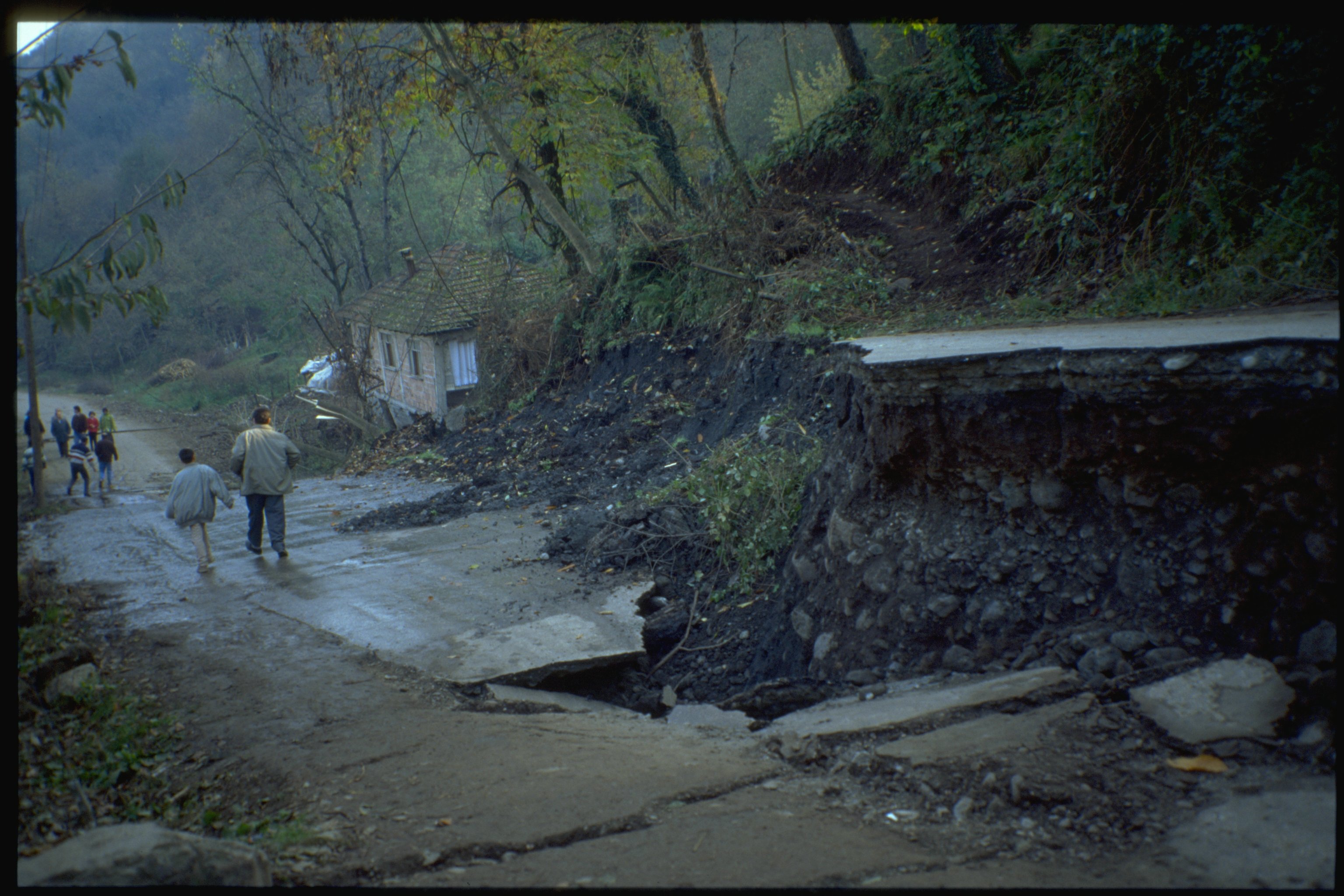All Categories
Featured
Table of Contents
How A Geophysical Survey Is Crucial To Offshore Wind Farm ... in Como Australia 2023

The main design for the radial structure of the interior of the Earth is the initial referral Earth design (PREM). Some parts of this design have actually been updated by current findings in mineral physics (see post-perovskite) and supplemented by seismic tomography. The mantle is mainly composed of silicates, and the borders between layers of the mantle are consistent with phase transitions.

This makes plate tectonics possible. Schematic of Earth's magnetosphere. The solar wind flows from delegated right. If a planet's magnetic field is strong enough, its interaction with the solar wind forms a magnetosphere. Early area probes mapped out the gross dimensions of the Earth's electromagnetic field, which extends about 10 Earth radii towards the Sun.
Inside the magnetosphere, there are relatively thick areas of solar wind particles called the Van Allen radiation belts. Geophysical measurements are generally at a particular time and place. Precise measurements of position, along with earth contortion and gravity, are the province of geodesy. While geodesy and geophysics are different fields, the two are so closely connected that many clinical organizations such as the American Geophysical Union, the Canadian Geophysical Union and the International Union of Geodesy and Geophysics include both.
Frequently Asked Questions in Pearsall Aus 2021
A three-dimensional position is determined using messages from 4 or more noticeable satellites and described the 1980 Geodetic Reference System. An alternative, optical astronomy, combines astronomical collaborates and the regional gravity vector to get geodetic coordinates. This technique just supplies the position in 2 collaborates and is harder to utilize than GPS.
Relative positions of two or more points can be figured out using very-long-baseline interferometry. Gravity measurements became part of geodesy since they were required to associated measurements at the surface of the Earth to the recommendation coordinate system. Gravity measurements on land can be made using gravimeters released either on the surface or in helicopter flyovers.
Satellites in area have made it possible to collect data from not only the noticeable light region, but in other areas of the electro-magnetic spectrum. The worlds can be characterized by their force fields: gravity and their electromagnetic fields, which are studied through geophysics and space physics. Determining the modifications in acceleration experienced by spacecraft as they orbit has actually allowed fine details of the gravity fields of the worlds to be mapped.
Geophysical Surveying - Methods And Applications in Atwell Aus 2023

Because geophysics is worried about the shape of the Earth, and by extension the mapping of functions around and in the world, geophysical measurements consist of high accuracy GPS measurements. These measurements are processed to increase their accuracy through differential GPS processing. When the geophysical measurements have actually been processed and inverted, the translated results are plotted using GIS.
Numerous geophysics companies have developed internal geophysics programs that pre-date Arc, GIS and Geo, Soft in order to satisfy the visualization requirements of a geophysical dataset. Expedition geophysics is used geophysics that frequently uses remote sensing platforms such as; satellites, aircraft, ships, boats, rovers, drones, borehole picking up equipment, and seismic receivers.
Aeromagnetic data (airplane collected magnetic information) collected utilizing traditional fixed-wing aircraft platforms need to be corrected for electro-magnetic eddy currents that are produced as the aircraft moves through Earth's magnetic field. There are likewise corrections connected to modifications in determined possible field intensity as the Earth rotates, as the Earth orbits the Sun, and as the moon orbits the Earth.
How A Geophysical Survey Is Crucial To Offshore Wind Farm ... in East Cannington Oz 2020
Signal processing involves the correction of time-series information for undesirable noise or mistakes presented by the measurement platform, such as aircraft vibrations in gravity information. It likewise includes the reduction of sources of sound, such as diurnal corrections in magnetic data., meteorology, and physics.
The magnetic compass existed in China back as far as the fourth century BC. It was not till good steel needles could be forged that compasses were utilized for navigation at sea; before that, they could not maintain their magnetism long enough to be helpful.
By looking at which of 8 toads had the ball, one could identify the direction of the earthquake. It was 1571 years prior to the first design for a seismoscope was released in Europe, by Jean de la Hautefeuille. It was never ever developed. One of the publications that marked the beginning of modern science was William Gilbert's (1600 ), a report of a series of careful experiments in magnetism.
Mining Geophysicist Profile in Morley Australia 2022
In 1687 Isaac Newton released his, which not just laid the foundations for classical mechanics and gravitation Likewise described a variety of geophysical phenomena such as the tides and the precession of the equinox. The first seismometer, an instrument capable of keeping a constant record of seismic activity, was built by James Forbes in 1844. Geochemistry, Geophysics, Geosystems. National Aeronautics and Area Administration. Obtained 13 November 2018.
Runcorn, S.K, (editor-in-chief), 1967, International dictionary of geophysics:. Pergamon, Oxford, 2 volumes, 1,728 pp., 730 fig Geophysics, 1970, Encyclopaedia Britannica, Vol. Intro to seismology (2nd ed.).
Latest Posts
Geophysicist Job Description in Guildford Aus 2023
Marine Geophysical Surveying - in Maddington Aus 2023
Geophysical Survey - Suffolk Heritage Explorer in Millendon WA 2023